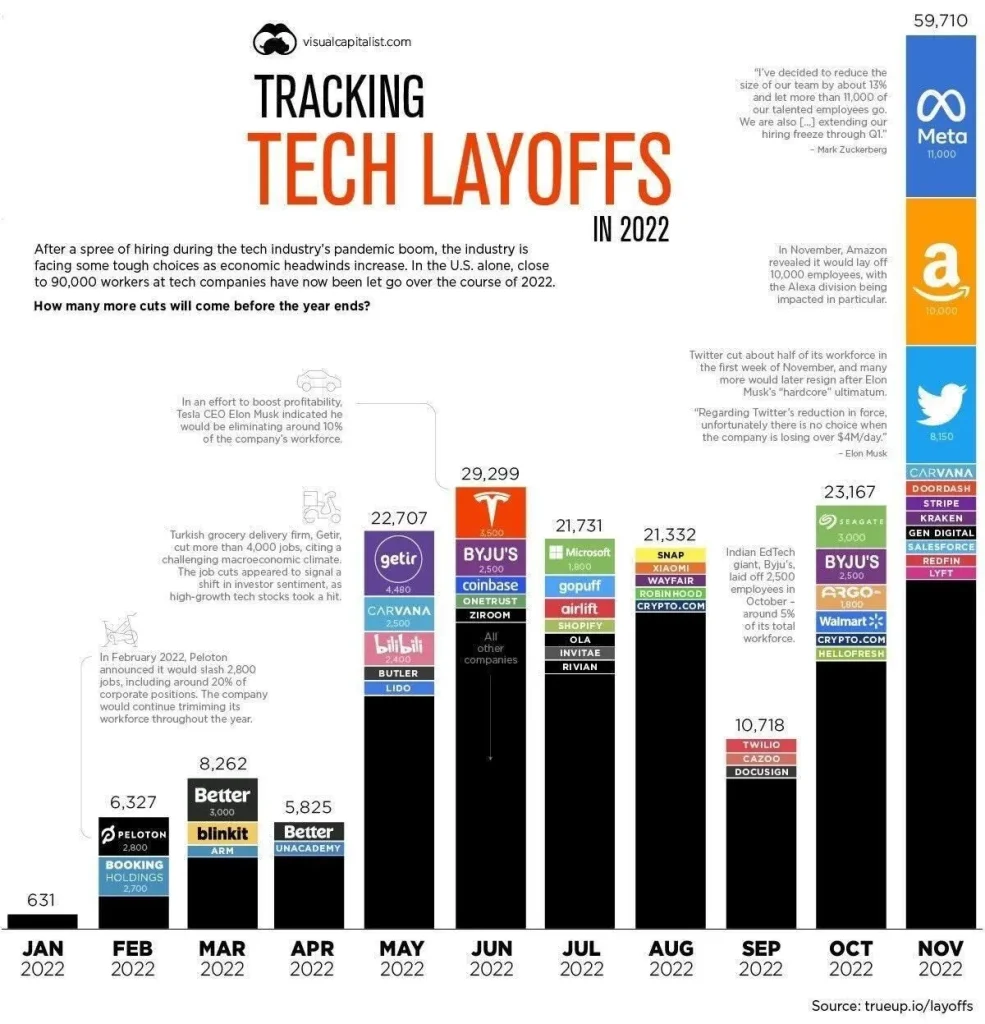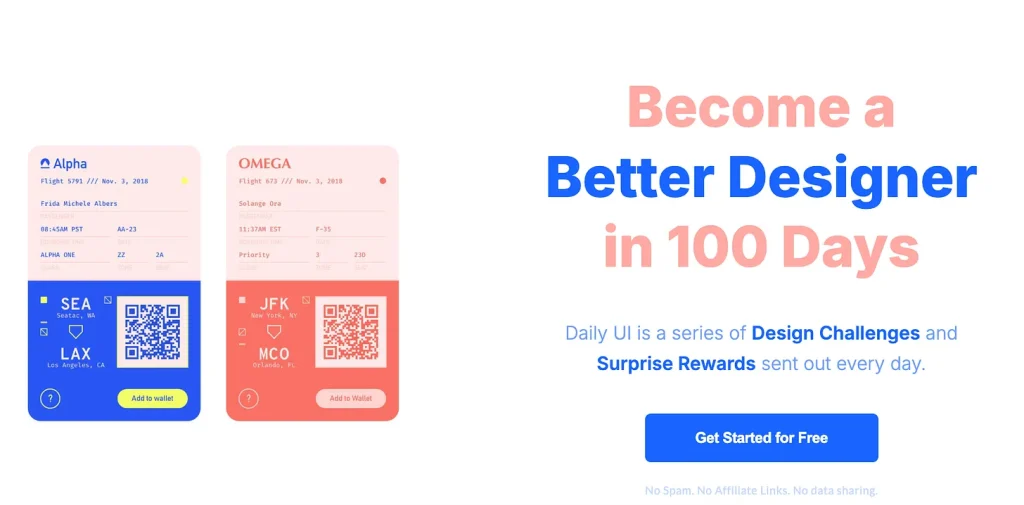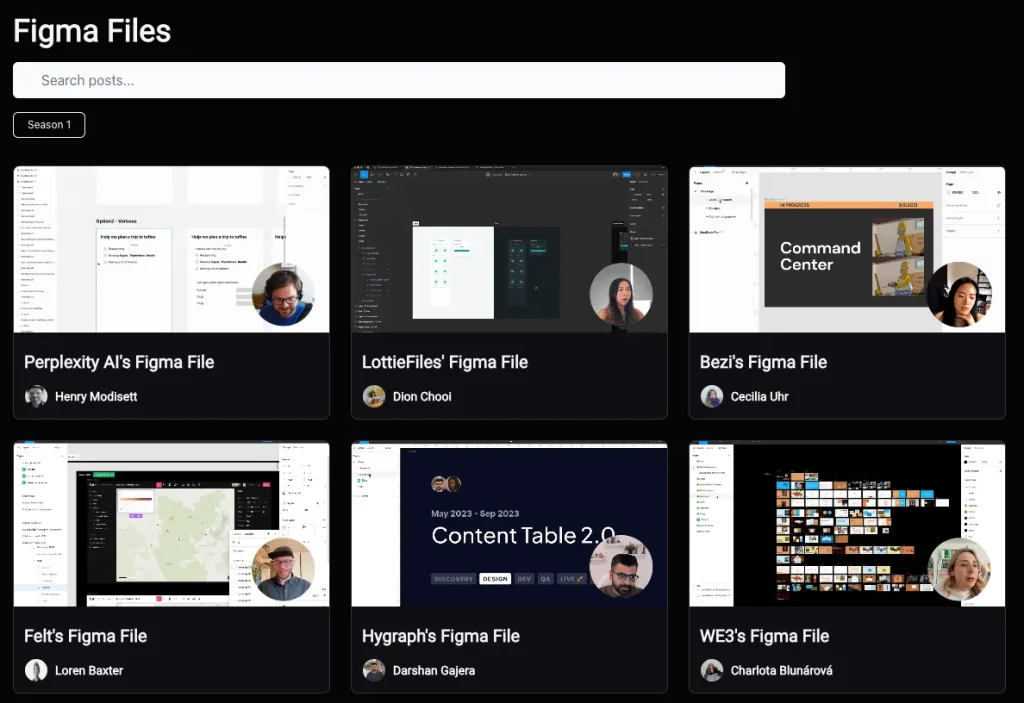Strategies on how to stand out as a junior designer in a saturated design market
Last week, I was asked to speak at a great meetup event from the amazing design community called The Clan. I had a great time meeting many new designers and discussing the industry. We had a great chat that covered a wide range of questions, including AI, hiring, getting into UX, and the challenges of becoming a designer.
Considering the industry's current state with design, especially in tech, I wanted to write down a few things about getting into UX/Product design and making a career out of it.
The state of the design industry

Since the pandemic, the tech industry has been incredibly shaken. We have seen a huge number of layoffs as the pandemic hit, and nobody in the world had a clue about what was happening. A few months into the pandemic, when people moved their habits fully online from buying food to socialising, we saw a boom of jobs in companies that saw exponential growth. The pandemic allowed many people to have time to rethink their lives and make decisions about their careers. Many looked into UX and decided to enter what seemed a dream industry.
A year or so after the world started to return to ‘normal,’ those companies realised that consumer habits didn’t change to stay, so demand collapsed. With that, they started to lay people off again. Wait until AI, though, another huge shift and change that has changed the shape of the industry forever. This is to say that the past few years have been a rollercoaster, and the industry won’t be stable for a while.
What do you do if you are a designer looking for a job?
There are loads of designers out there looking for a job, and you keep hearing that you need to stand out from the crowd. You probably have a portfolio, a certificate, and many case studies, but you are still struggling to land your dream job. The truth is that everyone has the same portfolio and certificate you have! So, let’s explore what ‘standing out’ might look like for you.
Master the basics
The first thing I recommend everyone do is to ensure that they are learning. Whatever certificate you have, or use cases you have been working on won’t make you a designer. Unfortunately, this is the reality.
UX design is a very vast discipline, and there are many specialisms that you could work into. Therefore, do not stop learning and ensure you master the basics of every aspect of the job. The easiest thing to learn on your own in an artificial environment (and I mean not in a real job) is visual skills.

Make sure you master the tools and techniques and become confident in using them. This can be Figma, as it is undoubtedly the most used tool for design, but you can also expand to Framer, Webflow, and Axure. Practice making more and more designs, from consumer-facing apps and simple brochure websites to enterprise software. Each design will allow you to face different visual challenges, and the more you practice, the more you can find solutions.
Keep refining your skills by doing more work on understanding people’s problems and mapping those out via various UX frameworks. You can also explore content, writing, interactions, and research. The field is vast.
Sneak Peek is another great resource for learning how designers organise their work in Figma and solve challenges.

Be mindful, though, that challenging yourself doesn’t mean that you become a professional. You are still doing this completely detached from a work environment, and therefore, you enjoy freedom (read as simplicity) that you won’t get into a real job. This is to say that you are still a junior.
Stay curious
Alongside continuing to learn, ensure that you go further than just design!
Once you harness the core of visual design and user experience, which are pivotal to the job, look at additional skills and interests that can set you apart from others and make you stand out. These can be related to tech like AI or Web3 or unrelated fields like fitness, beauty, or photography. Yes, that’s right. Even unrelated fields can be extremely important.
You can use your passion and knowledge to get a design job.
There are so many fitness, beauty, or photography apps on the market, and if you are applying to any of those companies, you can leverage your passion to stand out. One of the huge advantages for a hiring manager is to hire someone who understands the industry well. So be curious, explore further, and leverage that knowledge.
I remember re-designing the Starbucks app to demonstrate how I approached a problem and refine my visual skills. That was a long, long time ago!

Ask mentors
The best way to learn the challenges of a real work environment is to ask other designers for feedback. Connecting to senior designers and asking for support is a great way to learn more about the real world. Platforms like ADPlist have made mentorship easy and accessible, which is great. However, by mentoring on such platforms, I noticed that designers come with such open questions that I don’t think they get the most out of mentorship.
I would advise going to mentors to show your work. And I don’t mean your portfolios; I mean a small part of your work to ask for specific feedback. You can ask if you are approaching a problem correctly, if an experience map is correct, if a discussion guide is biased, or if your dashboard looks good.
Go to mentors with very specific questions so that you can improve and learn. If you ask just to review portfolios, you get very little out of it.
Career switch
I am one of the famous career switchers. I have worked in tech for over ten years but started in eLearning before I decided to transition into UX. But guess what my first design job was? An eLearning platform. I guess you know where I am getting to!
If you are transitioning careers, you have a great advantage, as the professional experience you have acquired doesn’t need to go to waste. Find the best way to showcase your previous knowledge in your portfolio and during interviews so the hiring manager can see you are a great fit for the job.
Showcase non-design skills
You might have done extensive project management work, facilitated workshops, or applied critical thinking as a consultant to solve problems for clients in a non-design capacity. Ensure you show that, and do not be shy about your previous career. That’s what makes you unique and allows you to stand out.
Leverage your network
If you are looking for a job, tell everyone! This is not the time to be reserved or shy. Especially if you have already worked in other companies, keep those colleagues close and ensure you keep in touch. The people you know might move to a different company looking for a designer, and here you go!
We like to think that we are at the centre of the universe, but unfortunately, that’s not true. People have busy lives, and they forget things. So, the more you keep in touch with people around you, the better because it allows you to be at the forefront of people’s minds when an opportunity arises.
Learn on the job
The hardest part of being a junior designer is that you do not have professional experience in design. This means you haven’t faced work challenges that have allowed you to become a better designer. However, if you already have a job and this job allows you to put into practice some of the design skills that you are learning, it could be a great advantage.
This is exactly what I have done as an eLearning designer. I started creating wireframes, using people in the office to run usability testing, and running workshops. By doing so, I started making so many mistakes that I could already show how I would overcome certain work challenges when I switched to UX Design.
So, if you can convince your boss to do things differently, use that to apply all of the things you are learning in your UX design courses.
Stay positive
The journey into UX/Product design might not be as easy as you have dreamed of, but that doesn’t mean it’s impossible. Keep learning, designing, and connecting with people, and the right time will definitely come. Also, be open to different types of roles. The industry is changing, and new jobs are rising, so keep an open-minded mindset.
